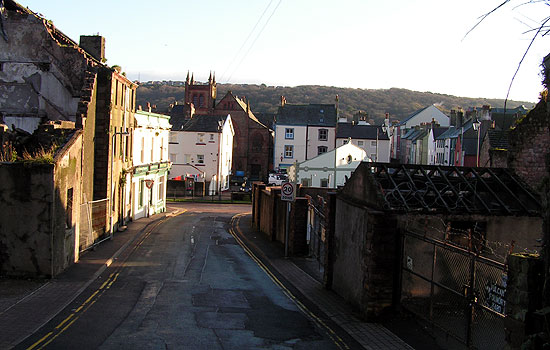

Albion Street is short street in the old town that runs between Swingpump Lane and Rosemary Lane. For many years it has been derelict but new plans are to make it an important part of the regeneration of Whitehaven by creating a large office complex. The suggested derivation of the name as a corruption of Alanby's Street would indicate it as one of the oldest sites of habitation in Whitehaven, over a century before the development by the Lowthers. It was thought that the Priors of St. Bees used Whitehaven as their residence and that Robert Alanby c. 1523 had a house in Quay Street and that it's gardens extended all the way back to Albion Street. Some of the brotherhood had a residence at this place that was converted into a theatre as Whitehaven developed in the 17th century. This building was apparently used for social functions such as balls until the assembly rooms in Howgill Street took over that role.
Lord Lawson of Beamish was born at Dobsons's buildings in Albion Street in 1881 and became a critically acclaimed author as well as Minister of State for War at the end of WWII. He was M.P for Chester-le-Street between 1919 and 1949. He died in 1965.
Originally Swingpump Lane did not run this far south and Albion Street ran straight through to James Street where the old Presbyterian Church is.
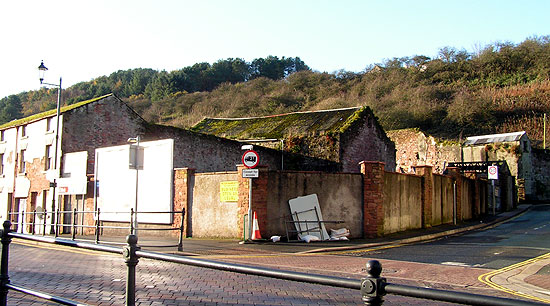
Albion Street has since the earliest times seen industrial activity. The South side, shown here, used to house the Vulcan works and beyond that was the Newton Foundry and on the hill behind was Newhouses. This area in the early 1800's also had a slaughterhouse so it would seem that it was never the most pleasant part of town.
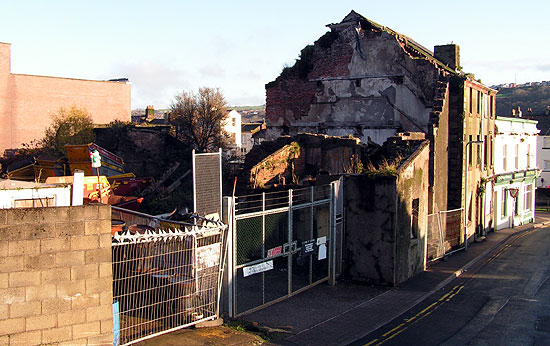
The northern side of Albion Street currently storing skips for scrap merchant Peter Hanratty was occupied by the Phoenix Foundry and Engineering Works. This was founded by the Ramsey brothers in 1866 and had its entrance where the gate is now. This was quite a large factory making, amongst other things, boilers at a time when industry was steam powered.
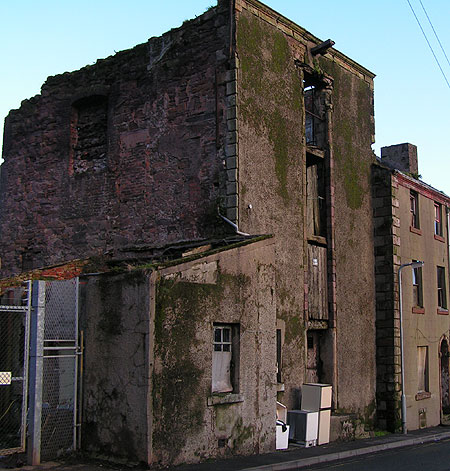
A four storey warehouse on Albion Street with a doorway with a winch has recently been removed as it had become dangerously derelict. This seems to have been part of the foundry business as was the chimney on Rosemary Lane.
Before this in the 19th century the site had a Soapery belonging to Richard Barker junior (his father had practised the same business on Mark Lane). A small lane opposite the end of Queen Street between Albion Street and Ribton lane which led to behind the soap factory was called Barker Lane.
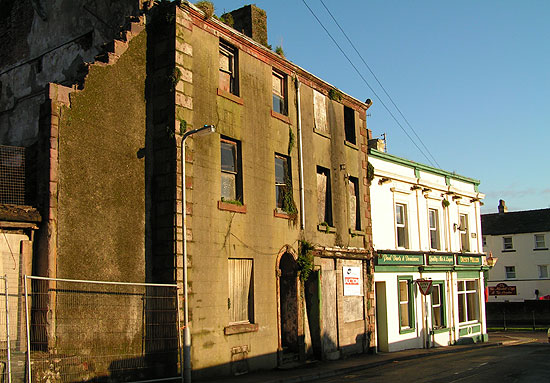
The only two remaining houses are next to the Dusty Miller pub on the corner. The one with the arched doorway was actually called Albion House and they appear to have been reasonably sized and well built town houses in their day.
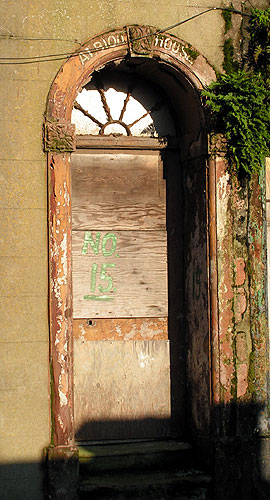
The Dusty Miller probably got the name from the fact that in the days when Pow Beck was know as Poe Beck, and ran openly through where the market place now is, it powered an old undershot water mill and an old wooden bridge allowed a crossing at Albion Street. We have reference to the pub in the 1861 directory when the inn keeper was John Hinde.
© WAWL 2009